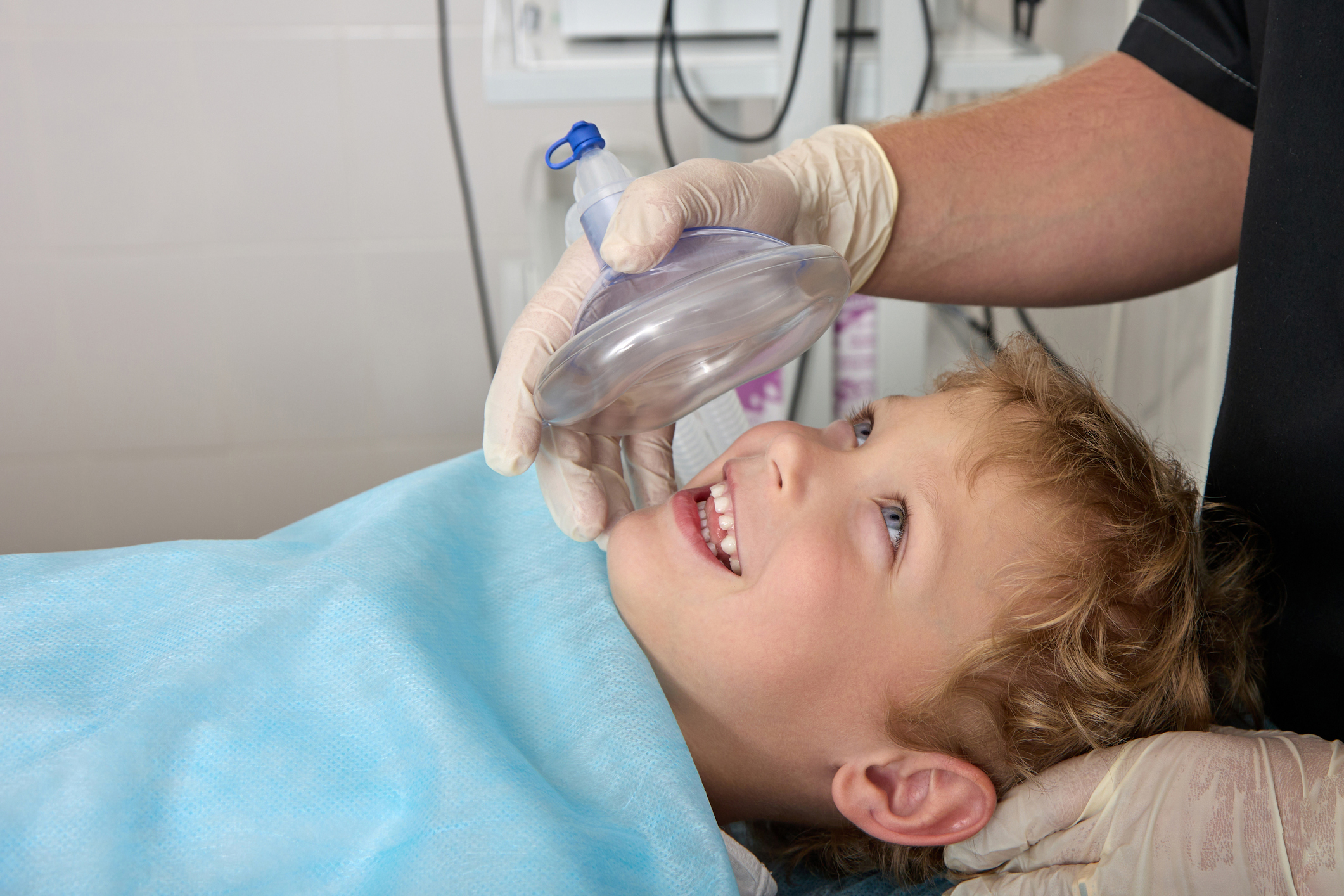If you are fearful of the dentist, you are not alone.
In fact, approximately 36% of people in the U.S. have a fear of dental treatment, with 12% having an extreme fear characterized as dentophobia — also called odontophobia — according to Cleveland Clinic.
Many of these people will opt not to go to the dentist, which can have detrimental effects on your oral health and general well-being.
Poor oral health can lead to decayed teeth, gum disease, missing teeth, and even heart disease and complications from diabetes. Plus, not being confident in your smile could lead to social isolation and affect work performance.
The good news is that there are ways to cope with the fear of the dentist, including sedation dentistry and other techniques. At SMILE! Advanced Dental Center, we work with patients every day to help them feel as relaxed and comfortable as possible.

The calming power of sedation dentistry
At SMILE!, we offer several types of sedation dentistry, based on individual needs and preferences.
Nitrous Oxide (N2O)
You may have heard of the term “laughing gas,” and that’s exactly what nitrous oxide is. It’s a sedative gas mixed with oxygen and inhaled through a mask or nosepiece during your treatment to help you feel more relaxed. This mild form of sedation wears off within just a few minutes after the flow of gas stops. So, you will be able to drive yourself home.
Oral Conscious Sedation
With oral conscious sedation, you will take an oral medication (generally in pill form) about an hour before your treatment or procedure begins. We often use triazolam (Halcion®) as well as zaleplon and lorazepam. In our pediatric dentistry division, liquid sedation like midazolam oral syrup is common. By the time of your appointment, you will feel calm and at ease — but you will need a friend or family member to drive you home because oral sedation temporarily impacts your motor and memory skills.
Intravenous (IV) Sedation
With IV sedation, we administer sedative medication intravenously (through the veins) while monitoring your heart rate, blood pressure, and oxygen. It’s a deep form of conscious sedation; it will not make you unconscious, but you may feel so relaxed that you fall asleep during your treatment. You may also not remember all the details of your visit. We generally reserve this option for those with severe cases of dental anxiety — or those who are undergoing lengthy procedures.
Other techniques to feel more at ease
In addition to sedation dentistry, we often counsel our patients on some other practices they can put into place to reduce feelings of anxiety.
- Deep breathing: Practicing relaxation techniques like deep breathing and box breathing can help lower anxiety and stress levels.
- Guided imagery: With this technique, you think of the sights, sounds, and smells of a place that’s pleasing to you — such as a beach or the mountains. This power of positive suggestion can help create a sense of well-being and decrease anxiety.
- Consultation: It can be helpful to schedule a consultation with your dentist before the actual treatment, so you can walk through the specific details and ensure you feel as comfortable as possible.
Don’t let the anxiety-producing thought of being in the dentist chair keep you from taking care of your oral health.
At SMILE!, we are here to help you every step of the way — from consultation to the right form of sedation dentistry for you.
Our experienced dentists and team will ensure that your entire treatment is safe, effective, and comfortable.
If you have questions about our sedation dentistry services or would like to schedule a consultation to go over next steps, contact us today.
Loose or shifting teeth
While we all likely remember losing our baby teeth as kids, adult teeth should not be eligible for a visit from the Tooth Fairy! If you notice a loose tooth or slight movement and widening gaps, don’t discount it, as it could indicate infection or bone loss.
Sores
Common canker sores aside, other oral sores or lesions should be looked at by a dentist. A fungal infection called thrush can show up as white sores on the tongue, inner cheek, tonsils, or roof of your mouth while other types of sores can also mean decay or infection.
–
If you’re experiencing one or more of these six symptoms, contact our general dentistry practice for an appointment. Just know that sometimes there are no warning signs of early gum disease, so that’s why it’s important to prioritize that regular dental check-up and cleaning, too.
In the meantime, if you’re looking for more best practices to keep your entire mouth healthy, check out our tips here.


0 Comments